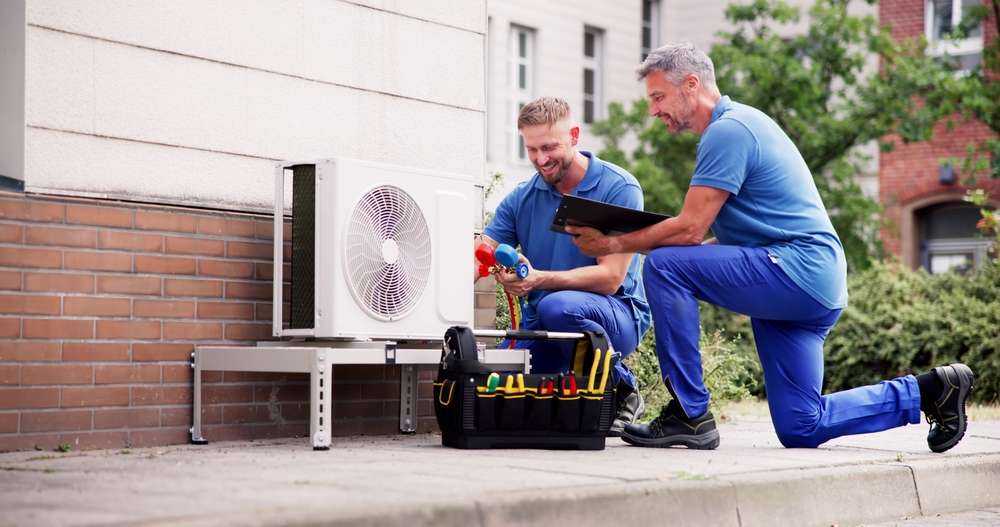Air Condition Repair and Maintenance for Home Cooling Systems
Keeping an air conditioning unit running smoothly requires regular attention and a basic understanding of common issues. This article explains practical steps for routine care, signs that AC repair is needed, how HVAC components interact, simple troubleshooting for the cooling system, what to expect in emergency repair situations, and tips for choosing local services. The goal is clear, factual guidance you can use to evaluate performance and plan maintenance.

What is air conditioning maintenance?
Routine air conditioning maintenance covers inspection, cleaning, and minor adjustments that help systems operate efficiently. Common tasks include replacing or cleaning air filters, checking refrigerant levels, clearing debris from outdoor condensers, and lubricating moving parts where applicable. Seasonal tune-ups typically identify worn belts, corroded electrical connections, or obstructed drainage that, if left unattended, can reduce efficiency or cause breakdowns. Regular maintenance can also document baseline performance so technicians can spot gradual declines and recommend targeted repairs.
When to call for AC repair
Knowing when to schedule AC repair helps prevent more extensive damage. Call a technician if you notice weak airflow, unusual odors, frequent cycling, higher-than-normal energy bills, or water pooling near the indoor unit. Strange noises such as grinding, hissing, or banging indicate mechanical or refrigerant issues. If the unit fails to reach set temperatures despite normal operation, that’s another sign. For persistent or unclear problems—especially electrical or refrigerant concerns—leave diagnosis and repair to a trained HVAC professional to ensure safety and compliance.
How HVAC systems affect performance
HVAC refers to heating, ventilation, and air conditioning components that work together to maintain indoor comfort. The air handler, thermostat, ductwork, and outdoor condenser must be balanced for efficient cooling. Poorly sealed ducts, mismatched equipment, or an undersized system for the space can produce uneven temperatures and extra strain. Thermostat settings and airflow design also influence efficiency. Regular checks of these interconnected parts help technicians tune the system and recommend upgrades or repairs that restore consistent performance and reduce energy use.
Troubleshooting your cooling system
Before calling a technician, you can run a short set of checks to narrow down issues: confirm the thermostat is set correctly and has fresh batteries, inspect and replace dirty filters, ensure vents are open and unobstructed, and verify the outdoor unit is free from leaves and debris. If the unit won’t start, check circuit breakers and disconnect switches. Do not open sealed refrigeration components or attempt electrical repairs yourself. These steps can clarify whether the problem is a simple user-level fix or requires professional AC repair.
Handling emergency repair situations
Emergency repair typically covers situations that threaten safety, property, or immediate loss of cooling during extreme weather. Examples include electrical burning smells, visible sparks, refrigerant leaks, or complete system failure on very hot days. When such events occur, shut off the unit at the breaker if safe to do so and contact emergency repair services that provide rapid response. Keep in mind that emergency calls may incur higher fees and that safety is the priority—avoid operating units that show clear signs of electrical or refrigerant faults.
Choosing local services for AC repair
Selecting a service provider in your area should be based on verified credentials, clear communication, and transparent estimates. Look for licensed HVAC technicians, appropriate insurance, and references or reviews from multiple sources. Ask about warranties on parts and labor, emergency repair availability, and whether the contractor performs diagnostic testing before providing a repair estimate. Request written estimates that break down labor, parts, and diagnostic fees so you can compare providers objectively. A reputable technician will explain findings and provide options rather than pressuring for immediate replacement.
Conclusion
Understanding air condition repair and routine maintenance helps owners make informed decisions about care and repairs for their cooling system. Regular inspections and timely interventions preserve efficiency and comfort, while knowing basic troubleshooting steps can minimize unnecessary service calls. For complex mechanical, electrical, or refrigerant issues, qualified HVAC technicians offer the safest and most effective solutions.






